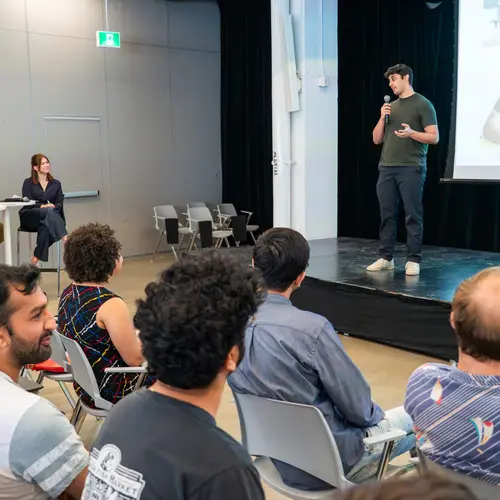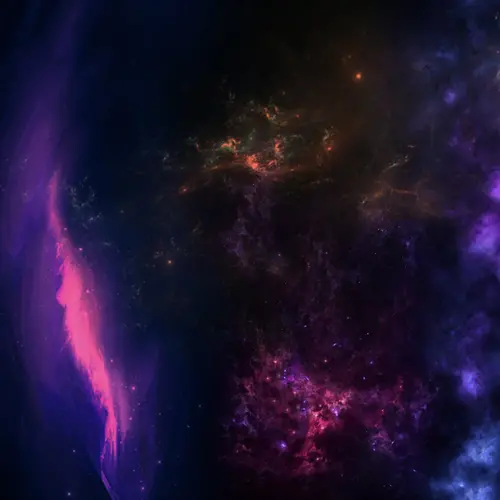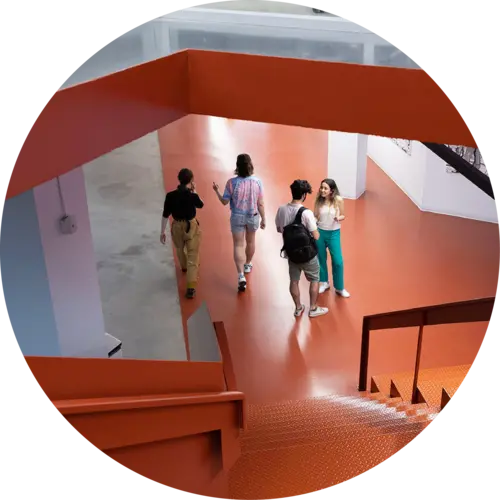
Noam Aigerman
Biographie
Je suis professeur adjoint à l'Université de Montréal. Précédemment, j’ai été chercheur scientifique chez Adobe. Je travaille sur des problèmes liés à la géométrie 3D et à l'apprentissage. Mes recherches se situent au carrefour du traitement de la géométrie, de l'infographie, de l'apprentissage profond et de l'optimisation.


